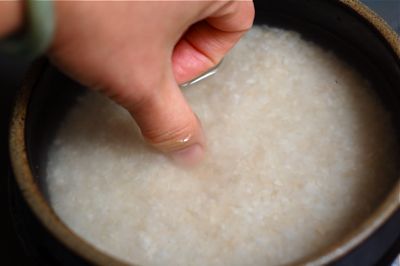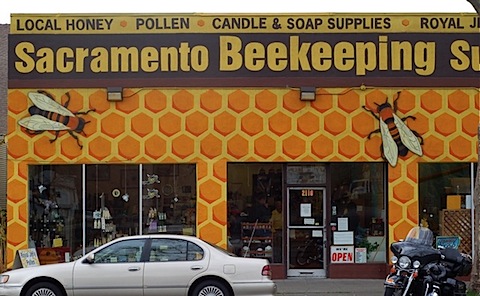For you food wonks, here’s a video of banh cuon. After all the interest in the rice paper video, I thought it’d be fun to show a totally different set-up. Here, two guys are working together in a very closely synchronized switch-off. Watch how they pass off the bamboo stick!
[youtube=http://www.youtube.com/watch?v=E8IP17v5SWk&w=640]
Banh cuon is a popular dish for breakfast in Vietnam, and all the best places will sell out by 8:00 am. The dish is related to banh trang, or rice paper, but it’s spread a little thicker and served as a fresh noodle. Some restaurants will grind glutinous rice in with their batter to add body and bite, or perhaps use tapioca or potato starch. Of course, the exact ratio will be a closely guarded secret.

